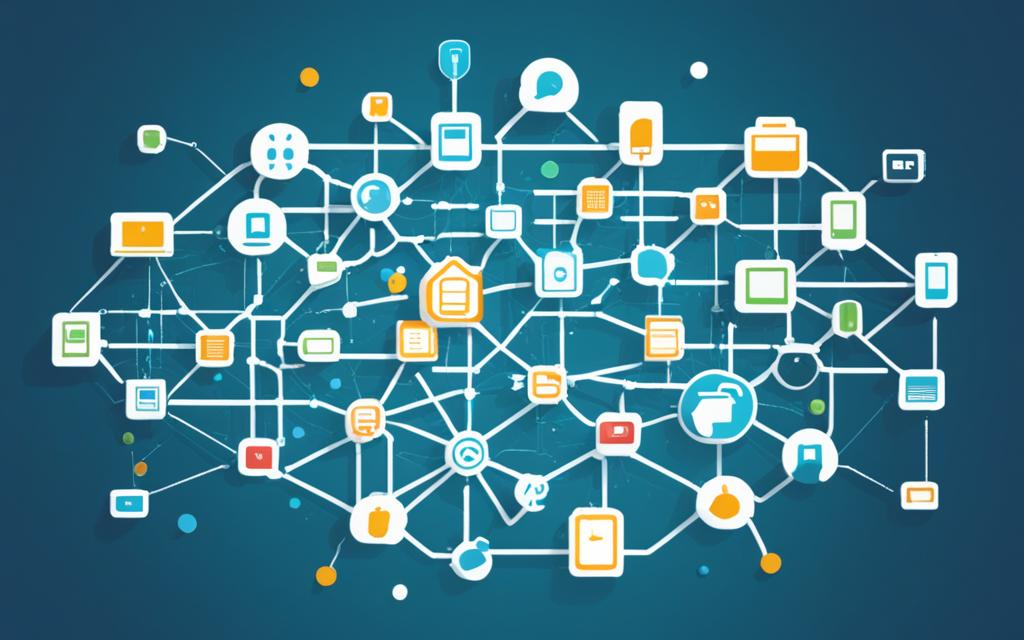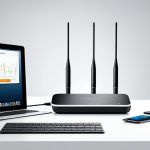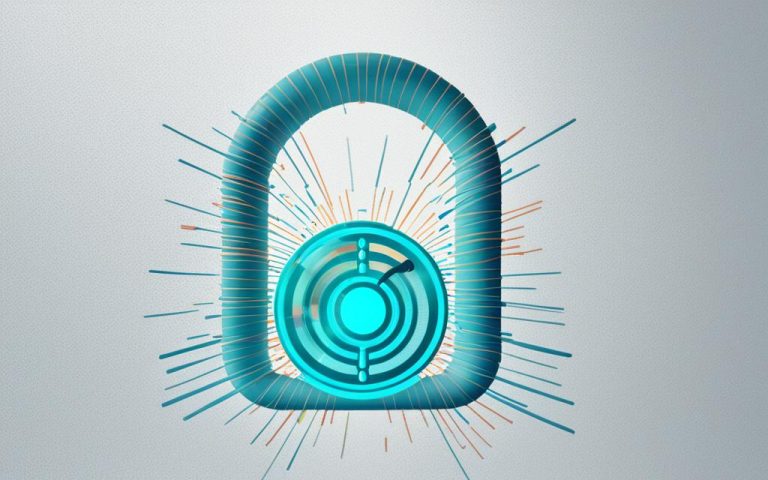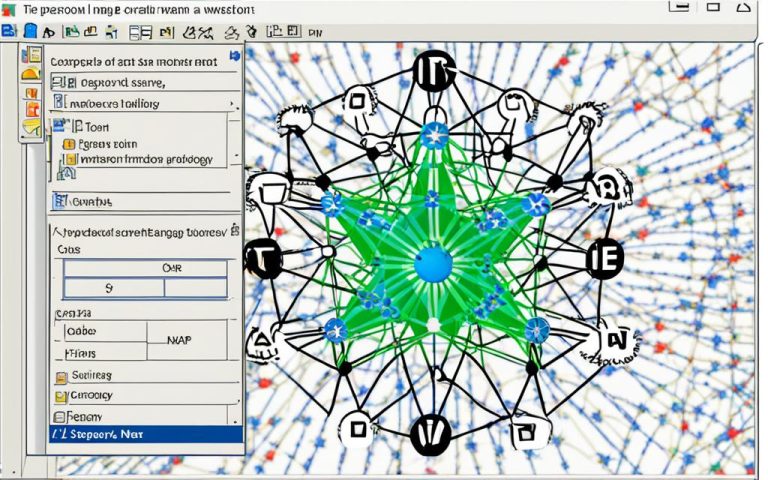Personal Area Networks (PANs) play a pivotal role in enabling seamless device connectivity within the Internet of Things (IoT) ecosystem. A PAN refers to the maximum distance a Bluetooth device can move away from the host while still maintaining functionality. As the IoT and wearable technology industries continue to grow, questions arise about the availability of sufficient bandwidth to support all connected devices.
Wearable devices and IoT devices rely on the concept of connection to facilitate interaction and data exchange. Creating personal clouds or PANs allows individuals to establish a network of devices they can interact with, regardless of their location. However, as the number of wearable devices and IoT installations increases, the bandwidth required for these devices also grows. Each device consumes a finite amount of bandwidth for staying alive and reporting data.
The saturation point for PANs becomes a concern, particularly in environments where multiple PANs converge, such as crowded trains. A saturated network can cause devices to lose connection and struggle to reconnect, ultimately impacting the overall performance of the IoT ecosystem. Therefore, understanding the limitations and factors affecting PANs is crucial for effective IoT and PAN integration.
Understanding Personal Area Networks (PANs)
A personal area network (PAN) is a computer network used for data transmission among personal devices such as computers, phones, tablets, and personal digital assistants. PANs can enable communication between devices themselves or serve as a connection to higher-level networks and the internet.
- Wireless PANs (WPANs) utilize technologies like Bluetooth and Infrared Data Association (IrDA) to establish short-distance wireless networks.
- These networks have a limited reach, typically a few centimeters to meters.
In addition to wireless connections, PANs can also be carried over wired computer buses like USB and FireWire. Although Wi-Fi tethering connections can be used by a single user, they are not considered PANs. Understanding the concept of PANs and their various implementations is essential for effective integration within the IoT framework.
Implementing PANs in IoT enables seamless device connectivity and enhances the overall functioning of the IoT ecosystem. By leveraging technologies such as Bluetooth, PANs facilitate the transmission of data between devices, allowing for real-time communication and data exchange.
Let’s explore the benefits of PAN integration in IoT further:
PANs provide a reliable and secure method for connecting personal devices within the IoT ecosystem. With PANs, individuals can create their own network of interconnected devices, ensuring seamless communication and data transfer.
Moreover, PANs offer the advantage of low-power consumption, making them suitable for battery-powered IoT devices like wearables.
Overall, PANs play a crucial role in establishing robust device connectivity within IoT systems, enabling efficient communication between devices and facilitating data exchange.
IoT Communication Protocols for Enhanced Connectivity
Communication protocols play a crucial role in enabling seamless data transfer between IoT devices. These protocols ensure that data transmitted from one device is correctly received and understood by another device. In the vast landscape of IoT, various communication protocols have been developed to cater to different connectivity requirements and constraints.
MQTT (Message Queuing Telemetry Transport) is a lightweight messaging protocol optimized for low-bandwidth, high-latency environments. It is ideal for IoT applications where network resources are limited, such as remote sensing or telemetry scenarios.
CoAP (Constrained Application Protocol), on the other hand, is a specialized web transfer protocol designed for use with constrained nodes and networks. It provides efficient communication between IoT devices with limited processing capability and bandwidth.
HTTP (Hypertext Transfer Protocol), widely adopted for data communication, has also found its place in the IoT landscape. With its simplicity and widespread usage, it allows IoT devices to leverage existing web infrastructure and communicate seamlessly with web-based applications.
Zigbee is a wireless specification designed specifically for low-power, low data rate, and close proximity IoT applications. It offers reliable and energy-efficient communication, making it suitable for applications like home automation and healthcare monitoring.
These are just a few examples of the wide range of IoT communication protocols available. Each protocol has its own strengths, providing flexibility and optimization in different IoT deployments.
To better illustrate the differences between these protocols, let’s take a look at a comparison table:
| Protocol | Advantages | Disadvantages |
|---|---|---|
| MQTT | • Low bandwidth usage • Reliable message delivery • Scalability | • Higher overhead compared to CoAP • Requires a message broker |
| CoAP | • Lightweight and efficient • Built-in resource discovery • Mutual authentication | • Limited compatibility with existing infrastructure • Lack of widespread adoption |
| HTTP | • Widely supported and understood • Easy integration with web services • Flexible data formats | • Higher bandwidth usage compared to MQTT and CoAP • Less suitable for resource-constrained devices |
| Zigbee | • Low power consumption • Reliable and secure communication • Mesh network support | • Limited range compared to other protocols • Higher cost of implementation |
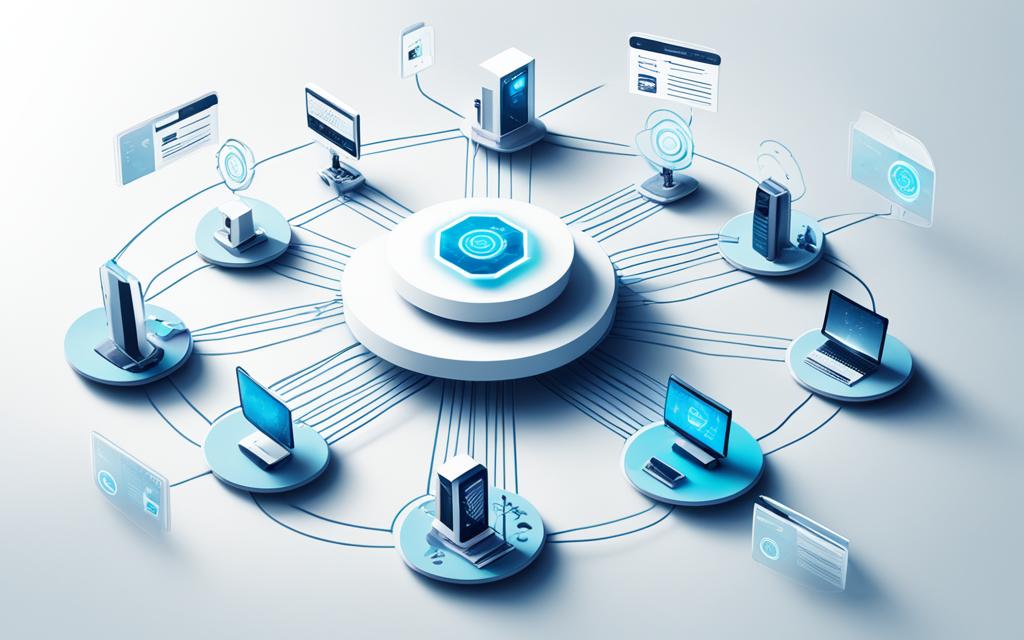
Choosing the appropriate communication protocol is critical for ensuring effective and efficient connectivity within an IoT ecosystem. Factors such as the nature of the application, available resources, and desired level of security must be carefully considered.
Ultimately, the right IoT communication protocol can enhance connectivity, enable seamless data transfer, and contribute to the overall success of IoT deployments.
IoT Device Communication Types
In the IoT infrastructure, device-to-device (D2D) communication, device-to-cloud (D2C) communication, and device-to-gateway (D2G) communication are integral for establishing seamless connectivity.
D2D communication enables direct communication between IoT devices without relying on a central hub or network infrastructure. This type of communication is efficient for devices in close proximity, allowing for real-time data exchange and immediate responses. For example, in a smart home setting, D2D communication allows lights, thermostats, and security cameras to interact with each other without relying on a centralized smart home hub.
D2C communication involves IoT devices sending data to cloud-based applications for storage, analysis, and further action. This type of communication is crucial for data-driven decision-making and remote access to device data. For instance, wearable fitness trackers collect data on user activity and health metrics, which is then transmitted to cloud-based fitness apps for analysis and personalized recommendations.
D2G communication involves IoT devices connecting to an intermediary device, known as a gateway, which acts as a bridge between the devices and the cloud or central system. Gateways facilitate data collection, processing, and transmission, enhancing the connectivity and functionality of complex IoT systems. An example of D2G communication is seen in industrial IoT applications, where sensors on manufacturing equipment communicate with a gateway that aggregates and transmits the data to a cloud-based analytics platform for real-time monitoring and predictive maintenance.
“D2D, D2C, and D2G communication are essential for creating robust and interconnected IoT ecosystems where devices can seamlessly communicate, share data, and perform complex operations.”
Understanding the various types of IoT device communication is essential for designing and implementing effective IoT solutions. Different use cases may require a combination of these communication types to ensure optimal connectivity and performance.
Examples of IoT Device Communication Types:
| Communication Type | Use Case |
|---|---|
| D2D Communication | Smart home devices interacting with each other without a central hub |
| D2C Communication | Wearable fitness trackers sending data to cloud-based fitness apps for analysis |
| D2G Communication | Industrial sensors communicating with a gateway for real-time monitoring and predictive maintenance |
The table above showcases examples of different IoT device communication types and their corresponding use cases.
Factors Influencing IoT Communication
Several factors play a significant role in determining the effectiveness of IoT communication. These factors impact network availability, power consumption, and security, all of which are crucial for ensuring seamless connectivity within the IoT ecosystem.
Network Availability
Network availability is a key consideration for IoT devices to transmit and receive data effectively. Factors such as infrastructure availability, geographical location, and network congestion can significantly impact the availability of the network. By understanding these factors, organizations can optimize their IoT systems for improved connectivity and data exchange.
Power Consumption
Power consumption is a critical factor to consider, especially for compact and battery-powered IoT devices. The amount of power required for data transmission depends on various factors, including the communication protocol used, data volume, frequency of transmission, and distance to the receiving device or network node. Balancing power consumption with performance is essential in ensuring optimal efficiency of the IoT system.
Security
With the increasing number of connected devices in the IoT landscape, security has become a paramount concern. IoT devices present vulnerabilities that can be exploited by cyber attackers. It is crucial to ensure the use of secure communication protocols and implement measures such as encryption and device authentication to protect the integrity, confidentiality, and availability of IoT systems.
In summary, network availability, power consumption, and security are fundamental factors influencing IoT communication. By addressing these aspects, organizations can enhance the reliability, efficiency, and overall effectiveness of their IoT systems.
| Factors | Influence |
|---|---|
| Network Availability | Impact on data transmission and reception |
| Power Consumption | Affects battery life and overall performance |
| Security | Ensures data confidentiality and protection against cyber threats |
Conclusion
Effective communication is the cornerstone of IoT technology, enabling devices to seamlessly exchange data. Personal Area Networks (PANs) play a crucial role in facilitating device connectivity within the IoT ecosystem. By understanding PANs, IoT communication protocols, and the various types of device communication, organizations and individuals can enhance their IoT integration and connectivity capabilities.
Factors such as network availability, power consumption, and security must be carefully considered to ensure optimal IoT communication. The availability of robust and reliable networks is essential for seamless data transmission. Efficient power management is necessary for battery-powered IoT devices, balancing performance and energy consumption. Implementing strong security measures, such as encryption and authentication, is paramount to safeguarding IoT systems from cyber threats.
Despite the challenges posed by diverse communication protocols and evolving standards, continued innovation and adoption of best practices will fuel effective communication within the realm of IoT. By emphasizing the importance of IoT communication and investing in research and development, we can pave the way for the development of more robust and efficient IoT systems, enabling a connected future.
FAQ
What is a Personal Area Network (PAN)?
A Personal Area Network (PAN) is a computer network used for data transmission among personal devices such as computers, phones, tablets, and personal digital assistants.
How do PANs enable device connectivity within the Internet of Things (IoT) ecosystem?
PANs enable device connectivity within the IoT ecosystem by establishing a network of devices that can interact and exchange data, regardless of their location.
What technologies are used to establish wireless PANs (WPANs)?
Wireless PANs (WPANs) utilize technologies like Bluetooth and Infrared Data Association (IrDA) to establish short-distance wireless networks.
Can PANs be carried over wired computer buses?
Yes, PANs can also be carried over wired computer buses like USB and FireWire in addition to wireless connections.
What are some commonly used IoT communication protocols?
Commonly used IoT communication protocols include MQTT, CoAP, HTTP, and Zigbee.
What are the different types of IoT device communication?
The different types of IoT device communication include device-to-device (D2D) communication, device-to-cloud (D2C) communication, and device-to-gateway (D2G) communication.
What factors influence the effectiveness of IoT communication?
Factors that influence the effectiveness of IoT communication include network availability, power consumption, and security.

